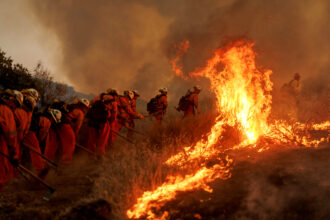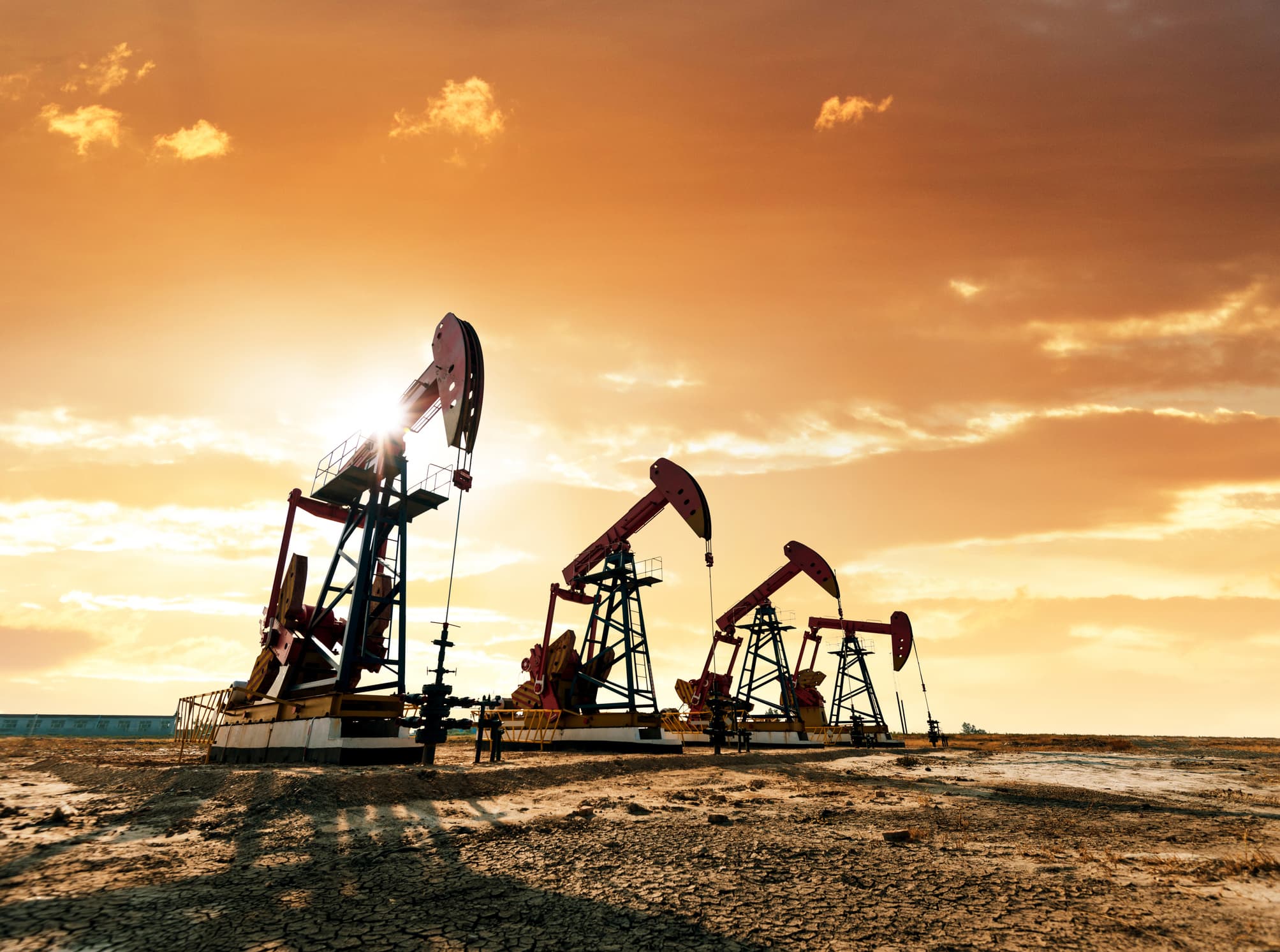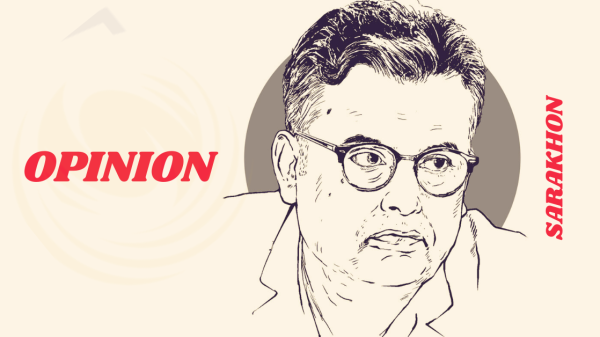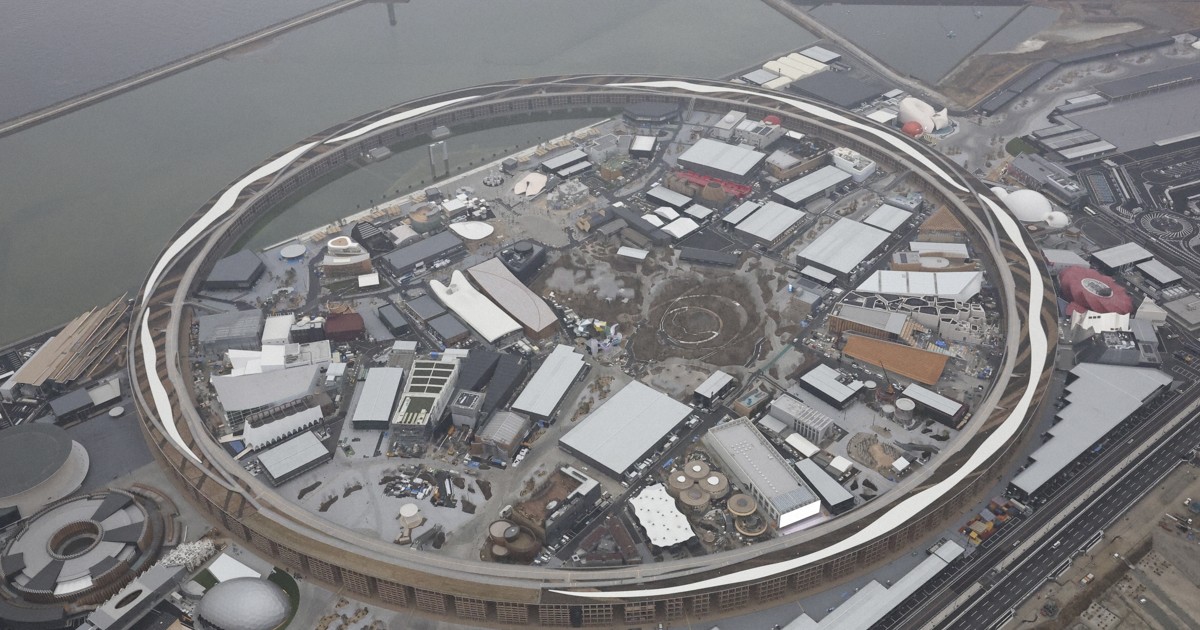WILDFIRE POLLUTION AT NANO SCALE: THE SCIENTIST TRACKING LA’S TOXIC PARTICLES

Findings from the fire zone
A Wired report profiles a California researcher using a nuclear X-ray technique to identify ultra-fine particles in wildfire smoke around Los Angeles. The work points to toxic nanoparticles that can penetrate deep into lungs and enter the bloodstream, raising fresh questions about long-term health impacts as wildfire seasons lengthen. The study’s early results show complex particle chemistry from burned plastics, building materials and vehicles—not just trees—complicating air-quality alerts that focus on broader PM2.5 metrics. Scientists say refining sensor networks and emergency guidance could better protect communities facing repeated smoke days.
Policy implications and public health advice
Health experts argue that current masks and indoor filtration standards need stress-testing against nanoparticles, which behave differently than larger particulates. Urban wildfire smoke now intersects with heat waves and ozone spikes, increasing hospital admissions for respiratory and cardiac issues. City agencies are weighing clean-air shelters and upgraded HVAC requirements for schools and elder-care facilities. Researchers caution that mitigation cannot replace prevention: land-use planning, grid-hardening and vegetation management remain critical to limit ignition sources as climate change drives drier, hotter conditions across the U.S. West.




















